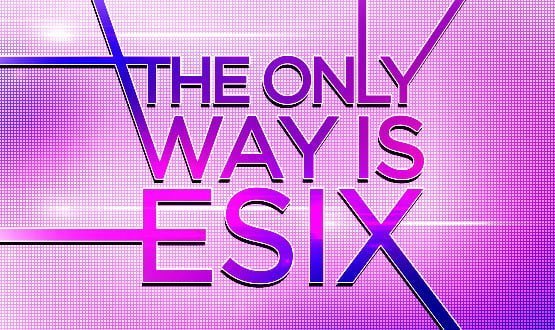From the Heart and Chest
- 4 December 2013

“It’s good to talk” was the catch-line BT used to use to try to get us to take up its services. Fast forward several years, and it’s still good to talk; and that holds especially true in the area of IT-enabled healthcare.
I am not, of course, talking about talking to colleagues or to our patients (virtuous and important as those communications are), but about our IT systems sharing data.
Essex in Liverpool
One feature of having deployed a fairly comprehensive electronic patient record is that people like to come and see what you have done.
At Liverpool Heart and Chest Hospital, we have had a lot of people come to see our Allscripts implementation, and a recent visit by some colleagues from London rekindled an earlier memory of when Essex came to Liverpool.
We always planned to interface our existing systems to our new EPR. There was to be an interface with the patient administration system, and an interface with the radiology information system, and an interface with numerous others.
However, things weren’t really going well, because we were approaching it wrong. If there wasn’t a planned interface, then there was great uncertainty about what should we do. Should we try and bring a new interface into scope or just “leave it”? And if we left it, where would the data go..?
The problem was that we were focussing on building interfaces, rather than getting our systems to talk to each other. The epiphany moment for me was realising that what we needed to do was to get all the data that the clinical staff used surfaced in the EPR. In other words, it was about the “what”, and the “how” was secondary.
A full interface is great, but is labour intensive to create as well as costly. In addition, interfaces not infrequently turn out to be irrelevant; or at least overkill for the magnitude of the problem. What is really needed is to get the information exchanged by the most appropriate method. Appropriate has to be measured by parameters of completeness, deliverability, proportionality.
Information exchange
We needed to take "interface" out of the workstream title, and so we changed it to "EPR to other Systems Information Exchange”.
This was to be known by the acronym ESIE. Well, it was known as ESIE until some wag in the office saw the opportunity to utilise the second rather the first letter of "eXchange". Thus the ESIX work stream was born; led by our very own Esix Man, Michael.
We created a hierarchical suite of solutions, ranging from a full interface at one end through to scanning of paper records at the other.
Importantly, we looked at other options in between, which were typically printing direct in to the electronic document management system using a virtual print driver.
So, for example, when an investigation report is ready for printing, instead of sending it to a conventional printer and then scanning it, we instead send it to the virtual print driver. This imports the image that comprises the report direct in to the EDMS.
It gets better still – as you print to the virtual print driver you also define the patient and the document type, so that one is doing the indexing as well.
Anyway this re-orientation of our approach, looking to seek solutions to information exchange rather than on implementing or not implementing one solution (interfacing) was a success. However I still don’t think I have been forgiven for commending the strategy to the relevant committee with the phrase "the only way is ESIX.”
Best of breed versus single supplier solutions
The best route to EPR, and whether a ‘best of breed’ or a ‘single supplier’ approach is preferable, is much debated; but for me this division misses the point.
The huge power of IT enabled healthcare systems is the ability to share information both internally and externally. I’ll grant that a single supplier solution has an inherent advantage here. After all, if you don’t have the ability to speak to yourself then it is a fairly damning indictment!
However, to achieve the same, a best of breed solution simply needs to have an open information exchange architecture. Whether you then exchange the data using XML, HL7, DICOM, CDI – or whatever your preferred acronym of the week is – then becomes a technical detail.
Before I invite howls of anger for implying that this is an irrelevant detail, I am not. Simply that the important details are that both systems (a) exchange data (b) are able to do so using the same format and (c) the preferred format is fit for purpose for the task in hand.
Talking
Information exchange therefore occurs at all levels of IT enabled healthcare. Data is sent from and to the EPR system for order communications of results.
While this is great, layering on top of that the sharing of data between components of the EPR to facilitate clinical decision support and you are starting to harness the real power of IT.
Similarly, exchanging details of medications, allergies and diagnoses between primary and secondary care is an important goal that we still haven’t achieved. But here the real extra value comes in "intelligently" integrating multiple data sources to create a whole that is greater than the sum of the parts – so called ‘big data’.
First cycle of change
Back in Liverpool, we are finally going to deliver our first cycle of change. The approach we have chosen is to bundle up our changes into quarterly releases, giving both technical updates to the system and improvements to various documents.
This has been twice delayed for technical reasons, so it is great to finally have it here. Having planned downtime is a bit scary; but I have every confidence in the preparation that the team have made.




